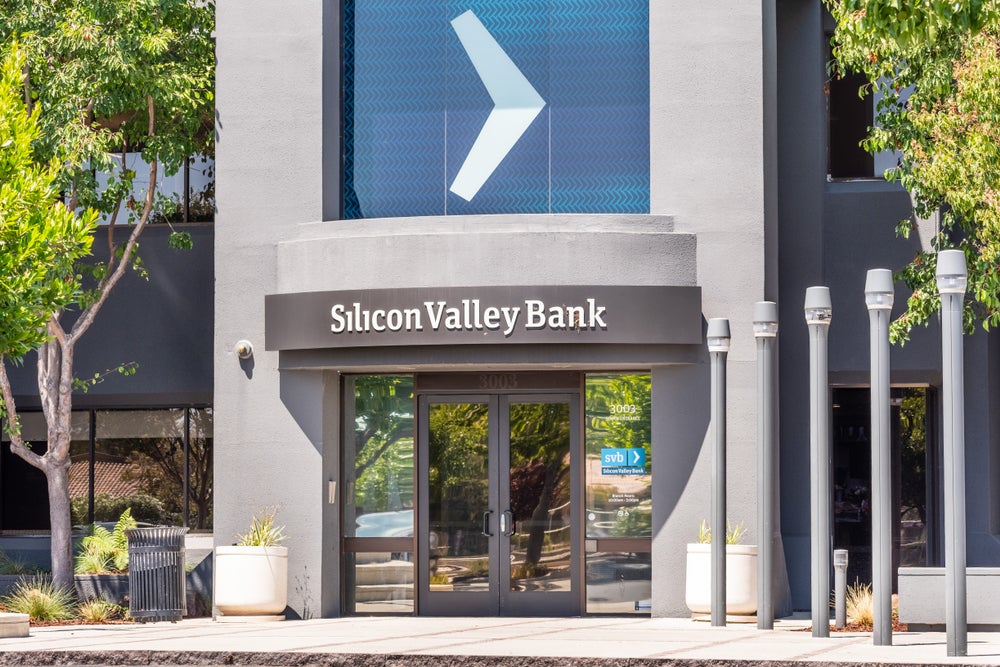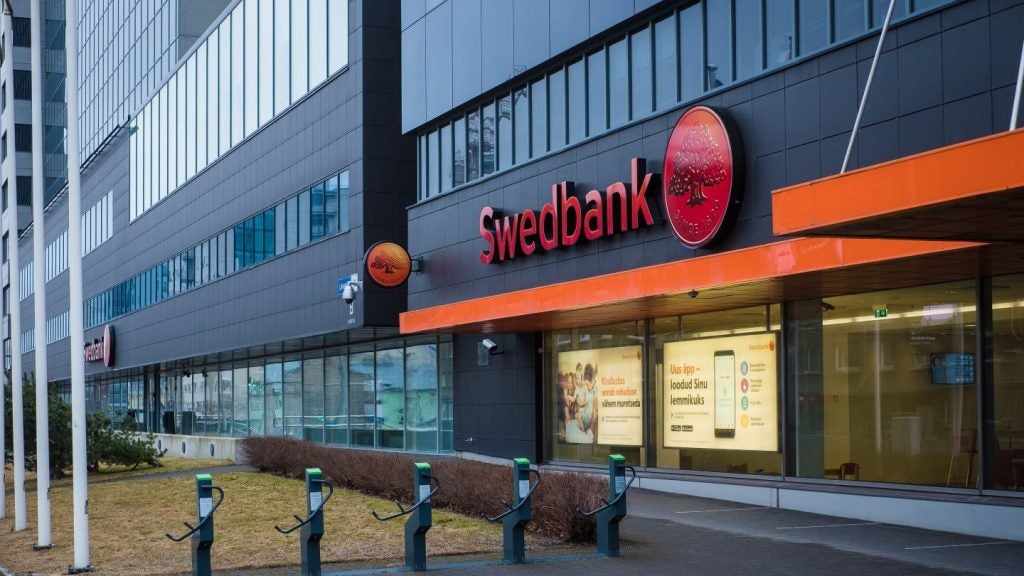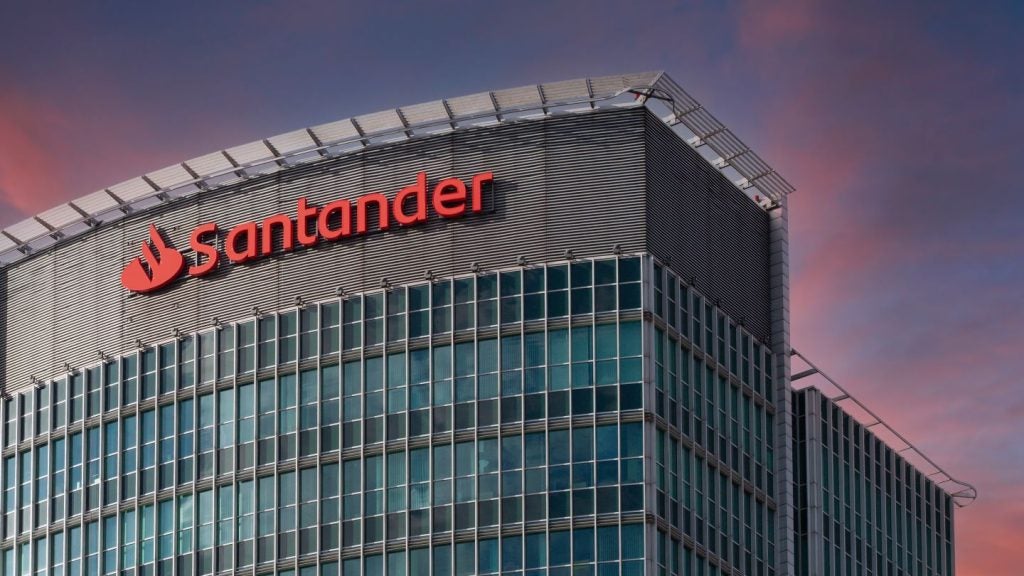
The collapse of Silicon Valley Bank (SVB) led many companies, most notably start-ups and tech businesses, to move their deposits and banking relationships to alternative providers.
As a result of this, ClearBank has seen a significant rise in deposits.
The technology-enabled clearing bank saw an immediate 20% spike in deposit in-flows after SVB’s collapse. Total deposits jumped from £3bn to £3.7bn. Now, ClearBank holds £5.4bn in deposits. These in-flows have been driven by banks, credit institutions, fintechs and digital asset firms seeking a safe haven for their funds as well as better interest rates.
Views from ClearBank’s Chief Risk and Compliance Officer
Emma Hagan, CRCO at ClearBank, was asked what is the main driver of deposit in-flows and whether this crisis could ever happen again.
“The main driver has been institutions seeking better returns than those offered so far from the mainstream banks, which have been slow to pass on rate rises and to offer competitive deposit offerings. In the context of rising inflation and cost of living, making capital work harder has become a priority for many companies. A secondary driver has been the imperative to distribute funds across multiple banks to ensure all deposits are insured or looking for a safe haven for funds which isn’t illiquid.”
The speed of a bank run driven by social media is a relatively new phenomenon and institutions are still working out how to prevent it happening again. The fractional banking model used by most banks, means they need to use their deposits to fuel lending or to put them to work to drive profits and returns for shareholders. This means the risk is still there if large numbers of customers choose to withdraw funds at the same time and banks therefore need a new playbook. The traditional risk management strategies, including crisis communications, are no longer fit for purpose in the era of social media driven bank runs.”

US Tariffs are shifting - will you react or anticipate?
Don’t let policy changes catch you off guard. Stay proactive with real-time data and expert analysis.
By GlobalData






